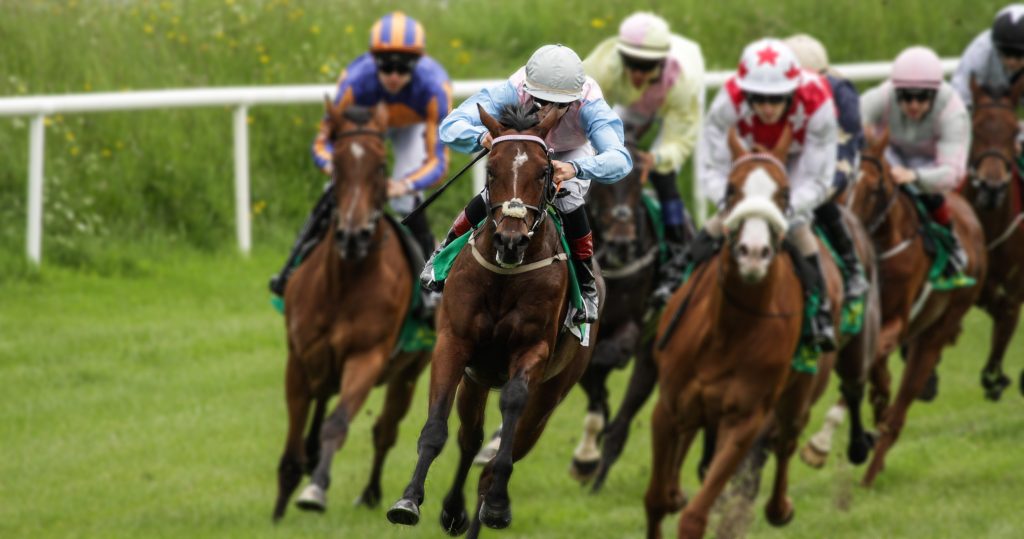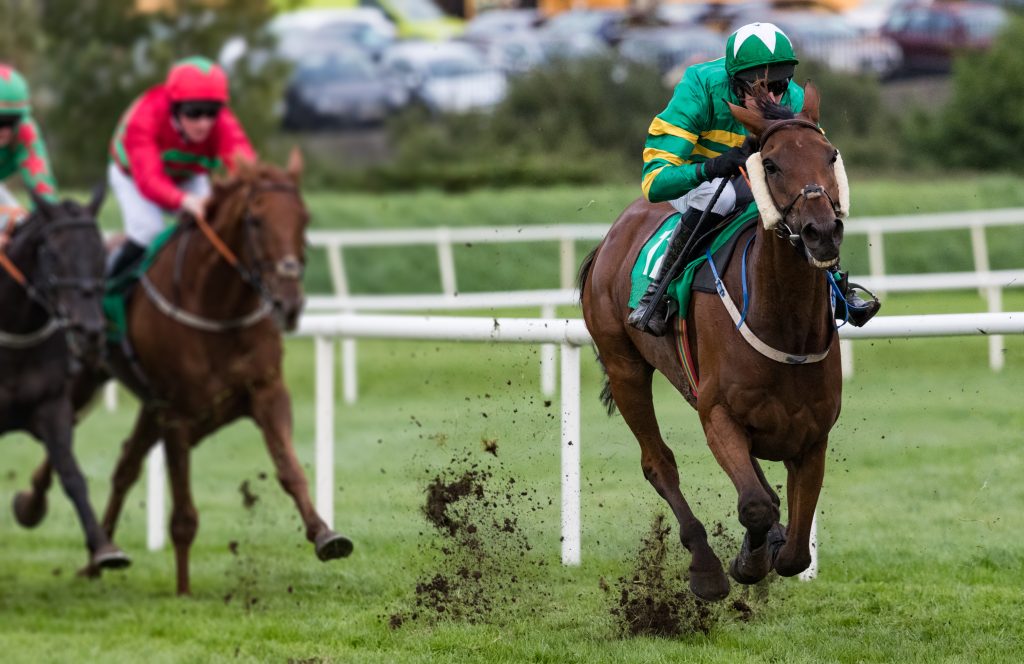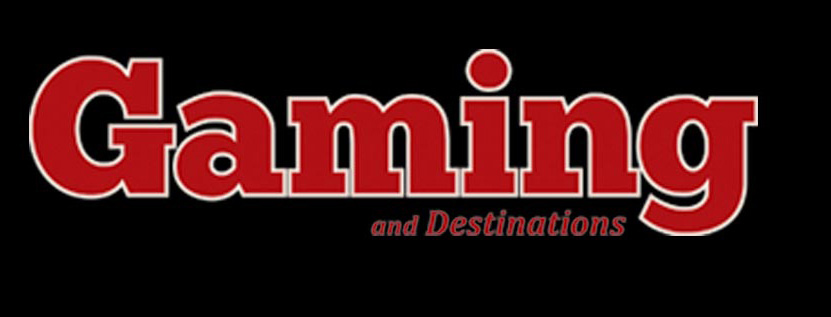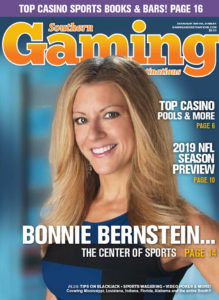
The year was 1993 and I had the pleasure of watching the 119th running of the Kentucky Derby from my parent’s living room at the Jersey shore. It wasn’t exactly the prestigious scenery and vibrant atmosphere of historic Churchill Downs, but it was the next best thing at the time for a single guy in his early 20s. When Jerry Bailey guided Rokeby Stables Sea Hero to a flawless ground-saving trip to the winner’s circle, I’m not sure who was more excited or startled that day. It could have been my father who was bellowing in delight after 11 Miller Lights and a $400 win bet, or our ex-racing Florida Greyhound Turbo who scurried to safe hiding in an empty bedroom when the chants of “Come on Jerry!” “Get Through Jerry!” echoed through the living room during the stretch run. Sea Hero returned a healthy price that afternoon of $27.80 to win, $12.80 place and $8.00 to show. It was enough to make any fan holding a winning ticket happy, and all was well that spring afternoon at the shore.
A lot has changed in the horse racing wagering atmosphere since Sea Hero’s Derby victory. No longer is the standard across-the-board bet enough to compensate and compete against today’s savvy bettor and the ridiculous take-outs of racetracks nationwide. But don’t despair! Despite facing higher racetrack takeout and more sophisticated players, today’s modern horseplayer has a tremendous opportunity that his counterpart of say two decades ago did not benefit from. Today’s player has an array of betting options beyond the traditional win, place, and show. It’s a huge advantage in day-to-day play but even more so on racing’s biggest days such as the Triple Crown and Breeders’ Cup when the wagering pools are enormous. There’s a flood of amateur and uninformed dollars dancing within reach of your sticky fingertips the first and third Saturday’s in May, and the second Saturday in June. The Triple Crown offers special exotic pools that attract careless money. With some sound handicapping and shrewd exotic betting skills, the goal is to fill our pockets with a nice portion of the millions of dollars available in these big-day betting pools.
Understanding the House Edge and Advantage of Exotic Bets
Here is a quick history lesson regarding betting. Horse racing is a pari-mutuel activity, in which a percentage of the amount bet on a race (or a series of races in the case of a Pick-3 or a Pick-6) is taken out of the pool to pay state-imposed taxes, provide funding for purses, and allow the racetrack to make a profit. There are multiple “pools” on any particular race. The total amount that gets paid for each particular pool is the remainder of the amount bet in the pool after the takeout. Almost every racetrack in America accepts multi-horse bets—the exacta, trifecta, and superfecta—and several multi-race betting opportunities—a daily double, pick three, four, or six. The multi-race bets allows the bettor to spread the effect of racetrack takeout over several races, so that he is actually facing a smaller nibble per race than if he played them separately. For example: A typical takeout structure on one-horse bets (win, place, and show) in the state of Kentucky are subject to a 16 to 17.5 percent takeout, two-horse bets (daily double and exactas) face a 19 to 22 percent reduction, and all wagers involving three or more horses or races are hit with anywhere from 17 percent at Keeneland to as high as 22 percent at other tracks. If you have already had enough of percentages and other math “mumble jumble,” the most important thing to remember is this: Betting multi-race bets on racing’s biggest days offer the best opportunities to make a huge score. Leave the win, place, and show bets to the less informed betting community, which are likely too busy sipping mint juleps, black-eyed Susan’s and Belmont breezes, and betting on the names of relatives and family pets.
Needless to say, for even the sports’ most skilled bettors, making a consistent profit from betting horses is an arduous task—but not an impossible one on racing’s biggest days. Of course, even knowing that the odds are stacked against all of us, it would be almost un-American to allow a Kentucky Derby, Preakness and Belmont Stakes to pass without making a bet! With a small artillery called a bankroll and some familiarity with what wagers are most “bettor-friendly,” you’ll be well on your way to a profitable Triple Crown.

What to Wager
The Pick 3
The pick three is an excellent betting choice on big-race days and is a much smarter alternative to placing just straight win or place bets. Pick-three bets should be confined to a series of races on the big-race days that a bettor has a good opinion on. Cashing in on the pick three requires winning three consecutive races, and like the pick four, usually requires purchasing more than a single combination.
A traditional $1 pick-three play might look like this.
(First Leg) Race 1: Horse A (one horse)
(Second Leg) Race 2: Horses A and B (two horses)
(Third Leg) Race 3: Horses A, B, C, D (four horses)
In order for your ticket to stay alive in this example, the A horse must win to keep the sequence going. For a $1 bet, the cost of this ticket would be $8. That is, eight combinations (1 X 2 X 4 = $8). The key to capitalizing on the pick three is to take advantage of some bad betting favorites during your betting sequence, and hopefully get them out of the win slot in one or two races. If you see an opportunity during one of the Triple Crown undercard races where a favorite appears extremely vulnerable, it is a superb opportunity to jump in and build a pick three ticket around that potential underlay in hope he or she disappoints and runs up the track.
The Pick 4
The pick four is one of the most popular bets in American racing and is especially admired on big-race days when the there’s usually a $500,000 or $1,000,000 guaranteed pool. It requires picking the winners of four successive races and most of the Triple Crown days offers at least two pick fours on the betting menu. I strongly recommend saving a large portion of your Triple Crown bankroll for this multi-race bet as it offers the casual bettor an excellent opportunity for gargantuan payouts for relatively small investments. The cost of the bet escalates accordingly.
Here is an example of a $1 pick-four wager:
(First Leg) Race 1: Horse A (one horse)
(Second Leg) Race 2: Horses A and B (two horses)
(Third Leg) Race 3: Horses A, B, C (three horses)
(Fourth Leg) Race 4: Horses A, B, C, D (four horses)
In this example there are 24 possible combinations (1 X 2 X 3 X 4 =$24) at $1 each, this hypothetical wager would cost $24 for a $1 bet. Most of the uninformed betting public will structure their Triple Crown pick 4 plays in this fashion, but it is an inept way to play.
Another betting approach is to play one “main” ticket with your two or three top contenders, along with some backup tickets using a third or fourth horse in each leg with your top two or three contenders in the other three legs. This strategy would look as follows and gives you an opportunity to include a forgotten long shot into your sequence that can cause your pick four payoff to skyrocket. This is a much smarter way to spread your money since the horses selected as your main contenders are likely the same as the guy sitting beside you, and these types of logical candidates will be heavily used in most of the ticket combinations purchased.
Race 1 Race 2 Race 3 Race 4
Main Contenders AB AB AB AB
Backup Contenders CD CD CD CD
In this example, five separate tickets are purchased for a total of $80 using $1 increments and we are using two main contenders and two backup contenders in each race.
Main Ticket: AB, AB, AB, AB (2 X 2 X 2 X 2) = $16
Backup Tickets: CD, AB, AB, AB (2 X 2 X 2 X 2) = $16
Backup Tickets: AB, CD, AB, AB (2 X 2 X 2 X 2) = $16
Backup Tickets: AB, AB, CD, AB (2 X 2 X 2 X 2) = $16
Backup Tickets: AB, AB, AB, CD (2 X 2 X 2 X 2) = $16
Plan of Attack
Advantage 1: Fortunately, the past performances for all the Triple Crown races and their undercards are usually widely available on betting apps and web-sites providing adequate time to engulf in not only the day’s main event but also the 10 or 11 other races also scheduled for that afternoon. These races offer plenty of low hanging fruit. Most of the uninformed public, racing handicappers, journalists, and sportswriters have spent countless hours focusing only on the Triple Crown race itself while ignoring the other dozens of wonderful betting opportunities available the rest of the afternoon. If you start your handicapping early, you will have a tremendous advantage over casual fans that will likely be attempting to handicap 5 minutes to post time and scratching aimlessly in their programs with bets constructed by the seat of their pants.
Advantage 2: It is highly recommended that you put together your multi-race bets the night before to avoid being shut out. There’s nothing worse than standing in a long line and having an extravagant pick 3 or pick 4 ticket never see the light of day because you waited too long to construct your ticket and got blanked at the window. Puting an early strategy together for your multi-race bets also allows you to make last-minute adjustments for late scratches, track conditions, and other unforeseen circumstances that might alter your ticket. Furthermore, the additional betting window staff recruited for big-race days are not always the most proficient in their craft and frequently have little experience punching out multiple exotic tickets.
Good luck!
By Dean Keppler





